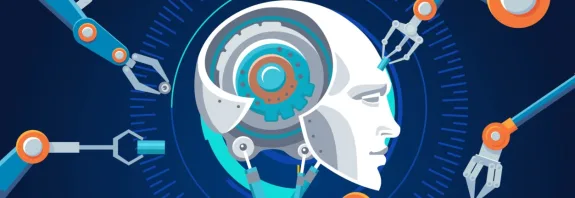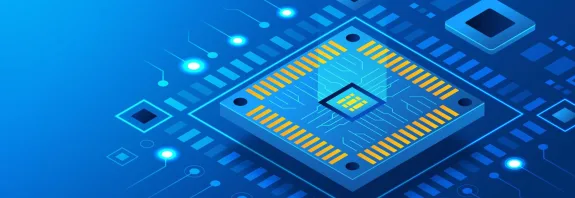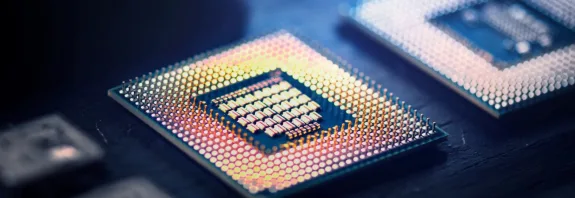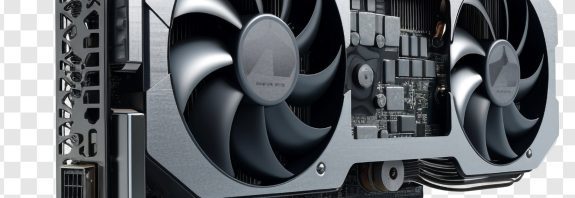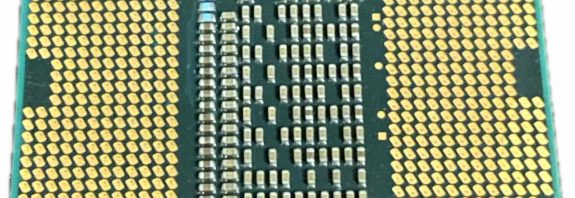What Enables a Computer to Reason?

Let’s explore What enables a computer to reason and what lies behind this “intelligent” behavior. Modern computers amaze us with their ability to process vast amounts of data, perform complex calculations, and even mimic certain aspects of human thought. But what exactly allows them to “reason”? While computers don’t think in the human sense, their capacity to analyze, make decisions, and solve problems relies on several key components.
What Helps a Computer Reason?
1. Hardware: The Machine’s Brain
At its core, a computer requires powerful hardware. The central processing unit (CPU), graphics processing units (GPUs), and specialized chips like tensor processing units (TPUs) provide the computational power. These components rapidly execute mathematical operations, which form the foundation of all algorithms. The more powerful the hardware, the more complex the tasks a machine can handle—from simple calculations to modeling neural networks.
Memory also plays a critical role. Random access memory (RAM) enables quick data access, while long-term storage (SSD or HDD) preserves information for later use. Without efficient interaction between these elements, a computer couldn’t “reason” at a high level.
2. Software: Instructions for Action
Hardware is just a tool. For a computer to “reason,” it needs software—sets of instructions that tell it what to do with data. Algorithms are the backbone of this process. For instance, a search algorithm helps a computer find the optimal path in a game or on a map, while machine learning algorithms enable systems to learn from examples.
Operating systems like Windows, macOS, or Linux create the environment in which these programs run, coordinating resources and ensuring stability.
3. Data: Fuel for Reasoning
A computer can’t reason without information. Data is what it analyzes, compares, and uses to make decisions. For example, to recognize a cat in a photo, a computer needs thousands of cat images for training. The more high-quality data it has, the more accurate its “reasoning” becomes.
Today, massive datasets (Big Data) allow computers to uncover patterns that even humans struggle to detect. This is why artificial intelligence (AI) systems can predict weather, recommend movies, or diagnose diseases.
4. Artificial Intelligence: Mimicking the Mind
The real breakthrough in computer “reasoning” came with artificial intelligence. Machine learning, deep learning, and neural networks enable systems to go beyond pre-written instructions and adapt to new situations. For example, AI can learn to play chess by analyzing millions of games, eventually surpassing human players.
Neural networks, inspired by the human brain’s structure, allow computers to process complex data—text, images, sound—and draw conclusions. Natural language processing (NLP) algorithms enable computers to “understand” human language and respond to questions.
5. Logic and Mathematical Foundation
All computer “reasoning” boils down to mathematics and logic. The binary system (0s and 1s), Boolean algebra, and probability theory underpin its operations. For instance, when a computer determines whether an image contains a dog, it calculates probabilities based on numerical pixel data. This logical framework ensures the machine’s predictability and accuracy.
6. Human Contribution: Training and Correction
Computers don’t think independently—their “intelligence” is crafted by humans. Engineers design algorithms, data scientists prepare datasets, and users provide feedback. For example, when you tell a voice assistant it got something wrong, it helps the system improve. Thus, human intellect remains a crucial factor in machine “reasoning.”
Conclusion
What enables a computer to reason? A computer “reasons” through the interplay of hardware, software, data, and sophisticated algorithms like artificial intelligence. Though it’s not true thinking in the human sense but rather an imitation, the results are impressive. From basic calculators to systems that compose music or drive cars, this has all become possible thanks to the harmonious integration of technology. With each passing day, computers grow “smarter,” approaching boundaries we once thought unreachable.

